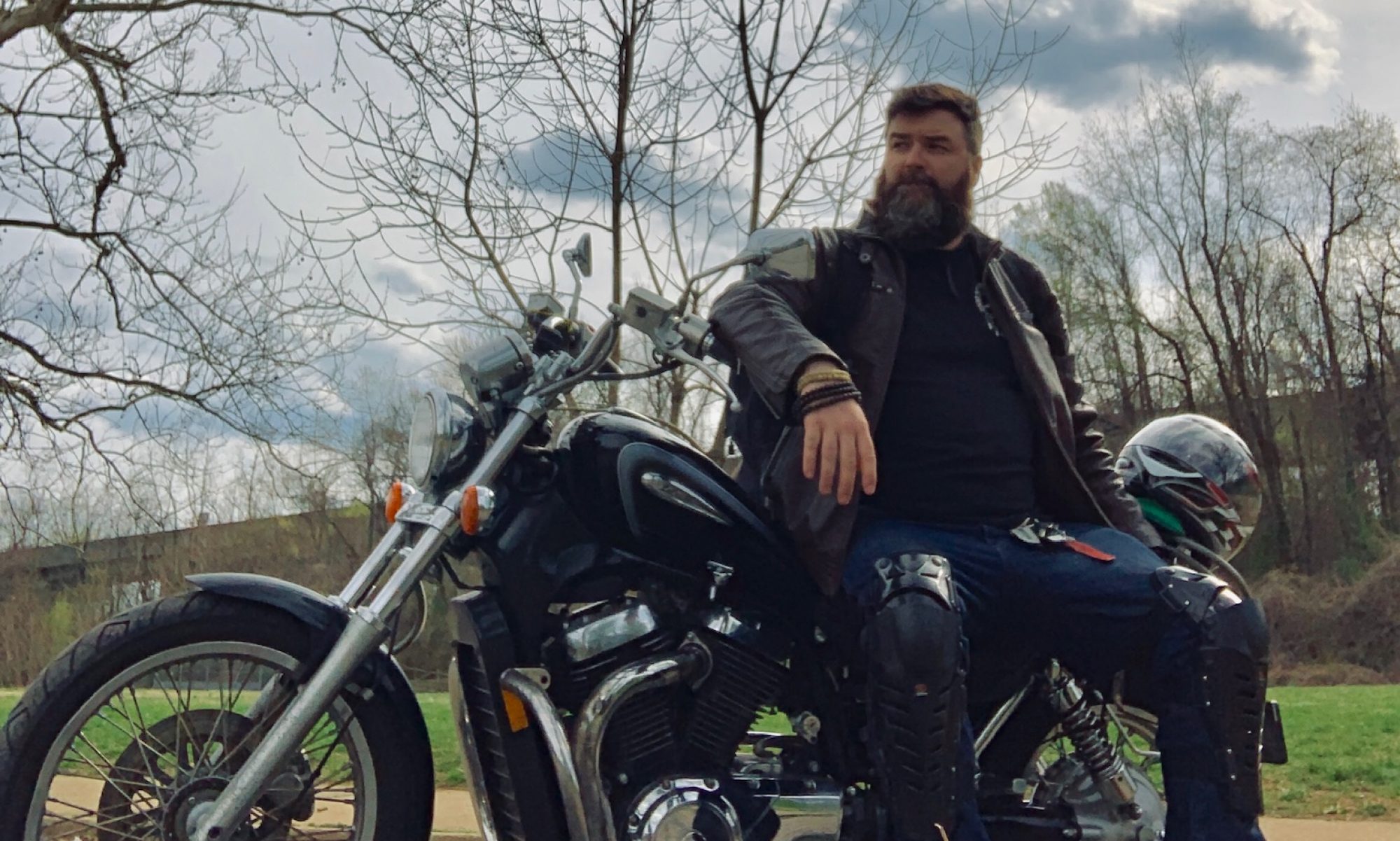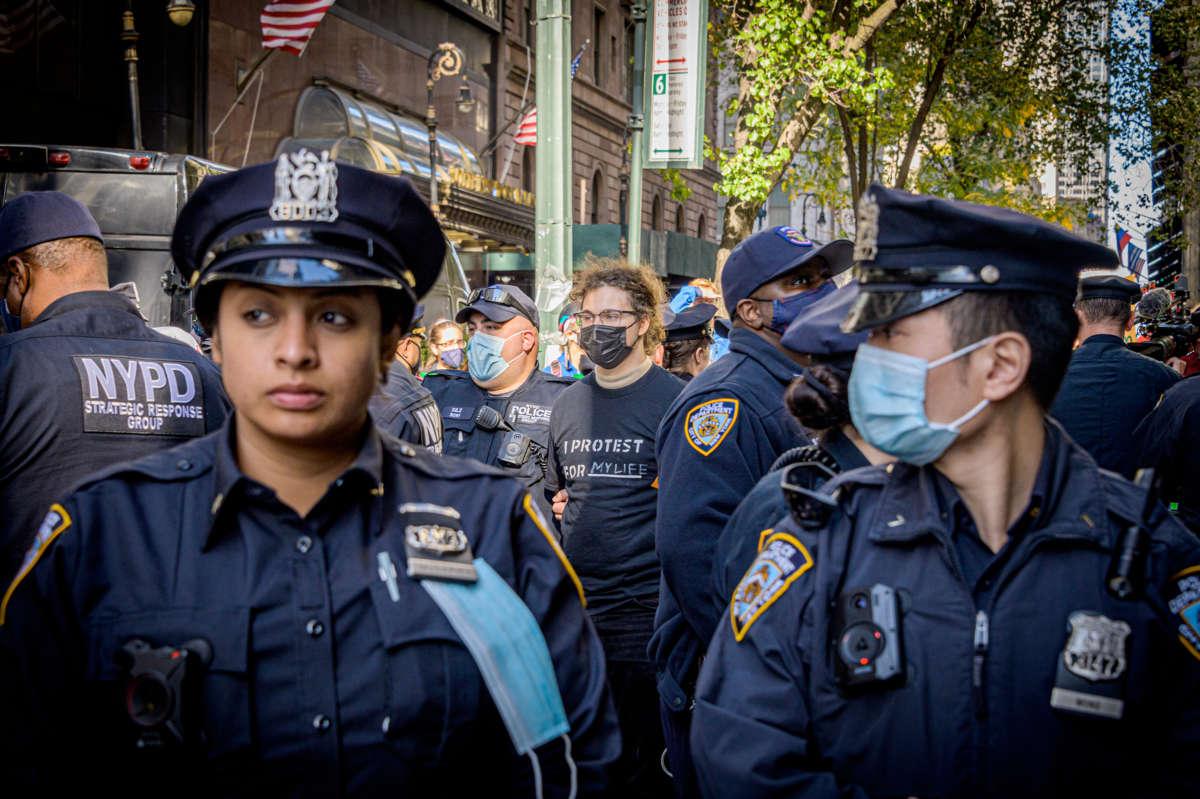Hiring a diverse police force may change what cops look like, but it doesn’t change what policing means and does.
After a white cop fatally shoots someone, prison reformers often suggest hiring more Black cops or more women. But diversifying the police force won’t end police violence, and neither will milquetoast reforms that have been tried and tried again.
Benjamin Jancewicz, a Baltimore-based abolitionist, points out that around 62 percent of the American police force is white, and around 85 percent of cops identify as male. But that lack of representation is not where the issue of policing lies. Jancewicz asserts that police have an established culture of “oppression and dominance” that does not change even when the force has more women or BIPOC officers. “Baltimore,” he points out, “has a 40 percent Black police force” which has not affected the “already established culture of corruption and brutality.”
In 2015, Freddie Gray died in police custody after being brutalized by Baltimore cops, and the police violence and misconduct in Baltimore hasn’t ended there. This is because a system will not and cannot reform itself, especially “when you dump more money and more personnel into it,” according to Jancewicz.
How do we know when a reform is actually going to funnel more money and power to the prison-industrial complex? In an interview with Truthout, Sarah Fathallah, an Oakland-based abolitionist, points to a Critical Resistance framework that helps to determine if a proposed reform “is an abolitionist step that works to chip away at the scope and impact of policing, or a reformist reform that expands its reach.”
The framework guides us to look at reforms critically and ask: Does the proposal reduce funding to police? Does the proposal challenge the notion that police increase safety? Does the proposal reduce the tools, tactics and technology police have at their disposal? And does the proposal reduce the scale of the police?
When it comes to hiring more police officers as an attempt to diversify, we can immediately see that this reform will not lessen the scope of the prison-industrial complex.
Instead, Fathallah says, “Hiring more diverse cops often expands the funding and bodies police departments have at their disposal.” Fathallah saw this firsthand in Oakland, where the City Council voted to approve a police academy in September 2021, citing “discrepancies between the gender and racial makeup of the police compared to communities” to justify the need to hire even more cops.
Focusing on the identities of the police who are committing violence actually prevents us from taking aim at the real issues. Fathallah rightfully points out that these pushes for gender and racial diversity frame “police brutality and murder as individual issues to solve” while reinforcing the “‘bad apples’ narrative of policing, that the police are harmful because of individually blameworthy and racially biased police officers.”
Pushing this narrative is imperative for those who seek to preserve the existing power structures, because it wrongly suggests that huge social problems are actually the failures of individuals, rather than structures.
The violence and cruelty of the prison-industrial complex has been well-documented since its inception, and public consciousness is reflecting this reckoning. More and more people are becoming increasingly critical of the prison-industrial complex. In the summer of 2020, this criticism came to a head with the protests against police violence after the killings of George Floyd and Breonna Taylor. Brutal police violence and the horrors of incarceration never stop, but when examples of them are catapulted onto the national stage, people want answers and solutions.
Because policing and incarceration are inherently violent and racist institutions, prison-industrial complex abolitionists have been working to dismantle them in the hopes of creating a safer and more just world. Without the prison-industrial complex, abolitionists argue that we can divert resources to life-giving resources and services, rather than death-making institutions.
Prison-industrial complex reformers and preservationists generally argue that the system is “broken” — that it has problems that are ultimately solvable, but that maintaining its existence is imperative for public safety. The truth is that the prison-industrial complex is functioning exactly as it is meant to; its creation was never intended to provide justice, but instead it was born of the desire to maintain white supremacy and racial capitalism. When we reframe our understanding of the prison-industrial complex, it becomes clear that it is accomplishing its intended purpose.
In this context, it becomes clear that reforms, such as hiring more Black cops or more women cops — as well as proposed changes like bans on private prisons, body cams on cops and requiring that police verbally warn before shooting — will never solve the problem of police violence.
While police violence can be enacted by individual officers due to racial bias, it is not limited to that. Fathallah says it is also (if not more so) “the outcome of intensive over-policing and systemic criminalization of racialized poverty,” meaning diverse hires will not stop violence.
When concerned people focus on reforming the police and removing the so-called bad apples, policing is able to continue existing in much the same way. Fathallah mentions the phrase “preservation through transformation,” coined by Professor Reva Siegel that describes the phenomenon wherein a violent institution shifts and changes just enough to remain legitimate in the eyes of most.
Hiring diverse cops changes who is doing policing and what the police look like, but it doesn’t change what policing is. And it certainly doesn’t change the fact that the system is actually functioning exactly as it was designed to do.
The only way to stop police violence is to abolish the police. “Policing itself is a form of violence,” says Fathallah, “and violence is a fixture of policing, not a glitch in its system.” Once we acknowledge that truth, then we can see that no reform will change what police are and what they were created to be: protectors of a white supremacist state, of racial capitalism and of private property.

